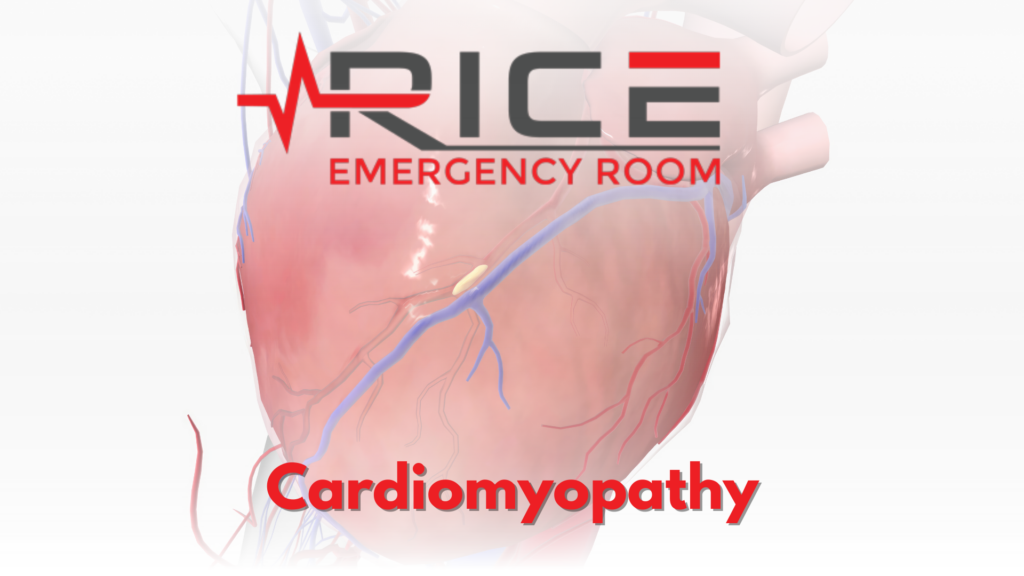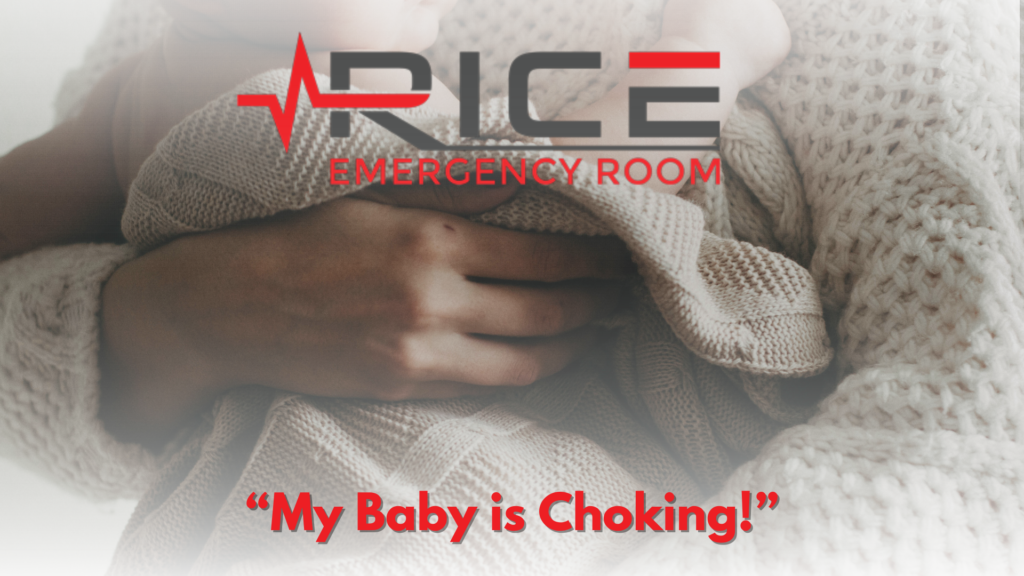The 3 Most Dangerous Children’s Sports
Children’s sports have many benefits. However, there are 3 sports that can be more dangerous than others for children to participate in. These dangerous children’s sports that can put your child at risk of serious injury. If you have a child who is interested in sports, it is important to talk to them about the risks and make sure they understand the precautions to be taken when participating.
Identifying the 3 Most Dangerous Children’s Sports
Football: Dangerous children’s sports can be made more safe when the right precautions are taken. The most hazardous sport for kids between the ages of 5 and 14 is football. Every year, over 215,000 injuries from football are treated in emergency rooms. Research has increasingly proven that brain injuries experienced from playing football can be devastating even while wearing full protective equipment.
Cycling: Cycling is actually the second-most risky sport for kids, behind football. Every year, more than 200,000 kids are treated for bicycle-related injuries in emergency rooms. (Child Pyschology and Parenting)
Competitive Cheer: Competitive cheer was the sport was responsible for 65 percent of direct catastrophic injuries to female high school athletes during a 27-year period, according to a 2012 study by the American Academy of Pediatrics. This supported a 2009 report from the National Center for Catastrophic Sports Injury Research at the University of North Carolina that concluded cheerleading accounted for 65.2 percent of all catastrophic injuries in youth sports. (Alam)
Types of Football Injuries
Football-related injuries typically vary inversely with players’ ages (and corresponding size and force exerted during contact), with youth players suffering less than one-third of the injuries suffered by high school football players, less than one-fifth of those suffered by collegiate players, and less than one-ninth of those suffered by professional football players.
Despite the widespread belief that most football players will ultimately get hurt, a recent study by USA Football revealed that more than 90% of the young players did not acquire an injury that prevented them from playing. The most frequent injuries (35%) were contusions, followed by ligament sprains (15%). Less than 4% of the young athletes were concussed. (Ortho)
Types of Cycling Injuries
Injuries caused by bicycles were treated in emergency rooms in the United States for more than 2.2 million children between the ages of 5 and 17 between 2006 and 2015. That is equivalent to 25 instances every hour, or more than 600 cases every day. In the study, boys made up 75 percent of the wounded children, who were between the ages of 10 and 14. Most injuries happened at home or on the street. 11 percent of all injuries were traumatic brain injuries. Even though studies show that wearing a helmet helps guard against major injuries and keeps youngsters safer, less than half of the states in the U.S. have bike helmet legislation. (CBS News)
Types of Competitive Cheer Injuries
Concussions, brought on by colliding with the ground or another cheerleader, account for about a third of cheerleading injuries. Usually, the person who is in the air, or the flyer, receives the blow to the head, but this can also happen to the base, or the person who is supporting the flyer. The cheerleaders who perform gymnastic passes, known as tumblers, run into each other or trip over each other. An overuse injury from the back being hyperextended is typical. Repeated hyperextension can harm bones as well. (Villalpando)
Sports Injury Emergency Care
Children’s sports injuries, no matter the activity, can be quite serious and should always be taken seriously. Football has a reputation for being an inherently dangerous sport, but it is not the only one with potential risks. Bicycling, cheerleading, and other activities can cause some of the same issues football players encounter. To make sure that all athletes stay safe, it is important for them to wear the appropriate safety gear, such as helmets and padding. Additionally, coaches, parents, and athletes should be aware of the potential risks and take all possible precautions.
West University Place parents can count on Rice Emergency Room to assess your child’s sports injury quickly. We have onsite radiology, labs and pharmacy. Our board-certified ER Physicians are specifically ER trained which means you’ll get the best emergency care and treatment for your child
Works Cited
“Child-Psych.org.” Child Psychology and Parenting, www.child-psych.org/kids-bikes-are-cycling-and-football-the-most-dangerous-sports-for-children/.
Alam, A. (2017, October 13). Cheerleading: The most dangerous sport for females. Cronkite News – Arizona PBS. Retrieved December 26, 2022, from https://cronkitenews.azpbs.org/2017/10/12/flipside-cheerleading-prevalence-catastrophic-injuries/
“Pinion – Football Injuries in Young Athletes – Aaos.” Ortho, orthoinfo.aaos.org/en/staying-healthy/ortho-pinion-football-injuries-in-young-athletes/.
“Hundreds of Kids Injured in Bike Accidents Each Day, Study Finds.” CBS News, CBS Interactive, 25 June 2018, www.cbsnews.com/news/hundreds-of-kids-per-day-injured-in-bike-accidents-study-finds/. Villalpando, Nicole. “’a Sport That Gets Overlooked’: Cheerleaders Risk Concussion, Broken Bones, Joint Injuries.” Statesman, Austin American-Statesman, 15 Oct. 2021, www.statesman.com/story/news/healthcare/2021/10/15/cheerleading-injuries-broken-bones-spines-concussions-acl-tears/6099446001/.





